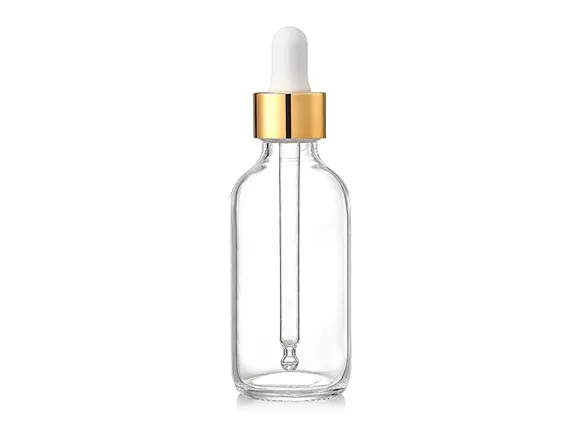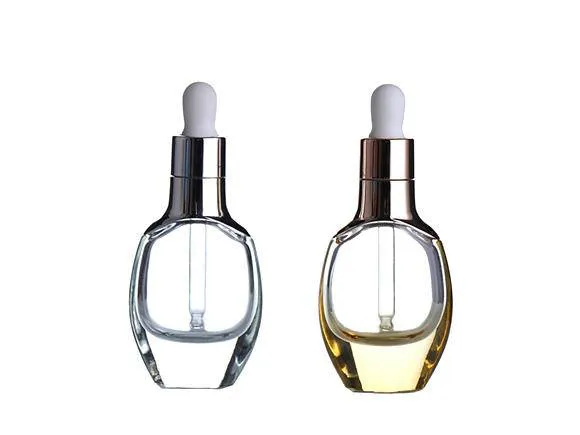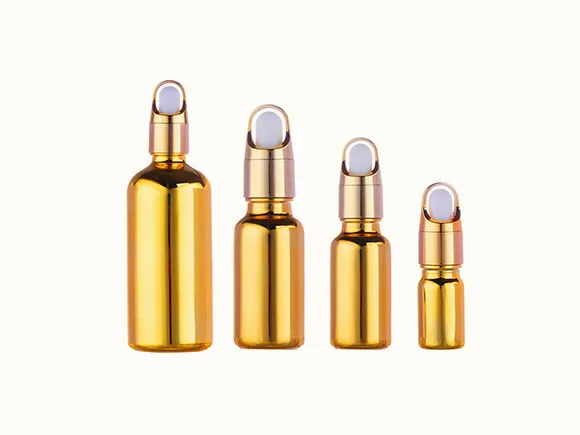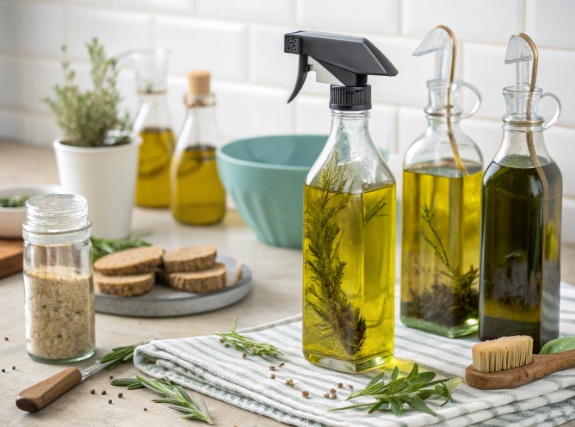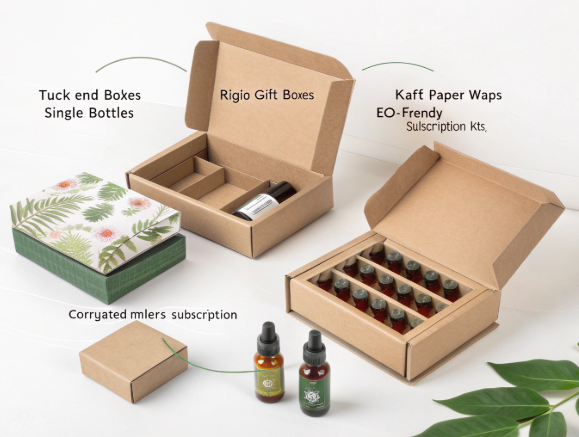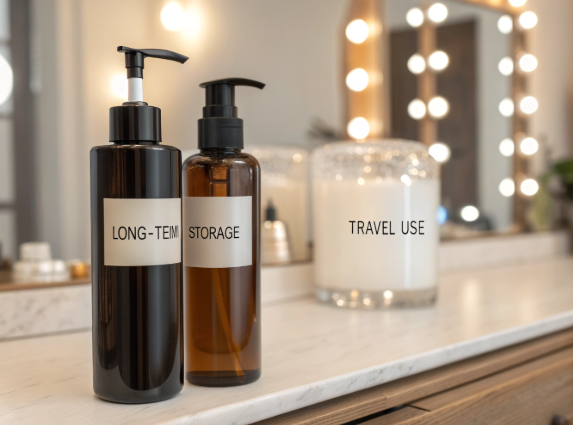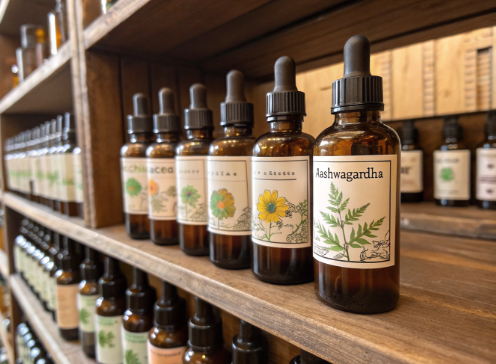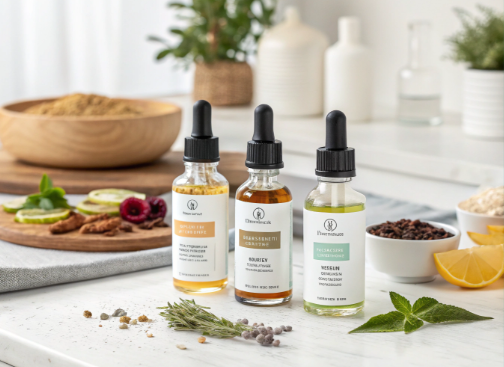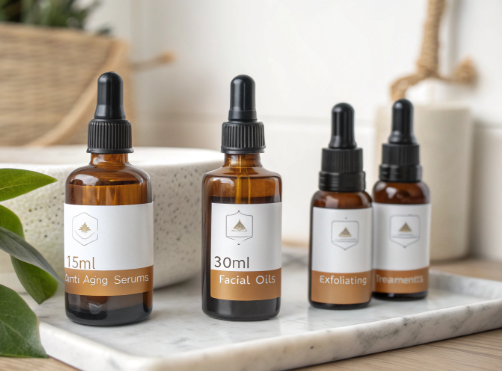Essential oil packaging isn't just a box—it's a brand story, a protective shell, and a customer’s first impression.
To make the best essential oil box packaging, you need to combine sturdy eco-conscious materials with custom-fit design, smart branding, and practical usability.
What is the best packaging for essential oils?
Essential oils are sensitive to light, heat, and oxygen. Your box has to defend against all three.
The best packaging combines amber or cobalt glass bottles with form-fitted boxes featuring foam inserts, light barriers, and strong closures.
Recommended Box Setup:
| Feature | Why It Matters |
|---|---|
| Amber Glass Bottle | Blocks UV rays that degrade oil quality |
| EVA Foam Insert | Prevents movement and glass breakage |
| Magnetic Closure | Adds luxury and safety in transport |
Custom outer boxes can include educational guides, scent charts, or even QR codes linking to blend recipes or certifications.
What is the 30/50/20 rule for essential oils?
Formulation impacts packaging, too.
The 30/50/20 rule is a formula ratio: 30% top notes, 50% middle notes, and 20% base notes—ideal for balanced essential oil blends.
Why it matters for packaging:
-
Dropper bottles must offer precision for exact ratios
-
Outer boxes can group oils by note (top, mid, base)
-
Packaging can include diagrams showing note relationships
What plastic is best for essential oils?
Plastic should be your last resort—but if needed: choose carefully.
The best plastic for essential oils is HDPE (High-Density Polyethylene), as it resists corrosion and chemical interaction better than PET or PVC.
| Plastic Type | Safe for EO? | Notes |
|---|---|---|
| HDPE | ✅ Yes | Best for diluted blends |
| PET | ⚠ Limited | May degrade with citrus oils |
| PVC | ❌ No | Reacts and leaches chemicals |
Use plastic only for short-term storage or secondary products like sprays or roll-ons. Always disclose material type on the label.
How to make an essential oil pouch?
For gift sets or travel kits, pouches are a great add-on.
To make a functional essential oil pouch, use padded, durable fabric like canvas or felt, with stitched elastic loops or inner slots that securely hold each bottle.
DIY Pouch Components:
-
Outer: Cotton-linen blend or faux leather for branding
-
Inner: Soft felt lining with stitched 5ml–15ml slots
-
Closure: Zipper, magnetic flap, or elastic wrap band
Offer branded pouches with wholesale kits. Add an interior tag with dilution guide or blend inspiration for more customer value.
What is the most ideal packaging material?
Durable, eco-friendly, printable, and premium-looking.
The ideal material for essential oil boxes is FSC-certified rigid cardboard, often wrapped with textured paper or laminated for protection.
Material Comparison:
| Material | Eco-Friendly | Looks Premium | Best For |
|---|---|---|---|
| Rigid Board | ✅ Yes | ✅ Yes | Gift and retail boxes |
| Kraft Paper | ✅ Yes | ➖ Average | Organic & eco brands |
| Corrugated Card | ✅ Yes | ➖ Functional | Shipping & wholesale |
PauPack offers layered boxes with both kraft interior and luxury outer wrap—perfect for eco-luxe positioning.
What material holds essential oils best?
Inside the box, the bottle still rules.
Glass is the best material to hold essential oils—especially amber or cobalt glass, which protects from UV and preserves chemical integrity.
-
Clear glass is only suitable when stored in dark packaging
-
Roller balls should be stainless steel or ceramic
-
Cap linings should be PE or phenolic to prevent leaks
Don’t forget: the insert matters too. Molded foam or pulp trays keep glass secure and centered, avoiding costly breakage.
Final Thoughts
The best essential oil packaging balances visual identity, functional safety, sustainable materials, and customer education. Whether you're selling in retail, gifting, or shipping worldwide, thoughtful box design transforms your oil into an experience worth repeating.
Done well, a box becomes more than packaging—it becomes part of your product's ritual and reputation.



